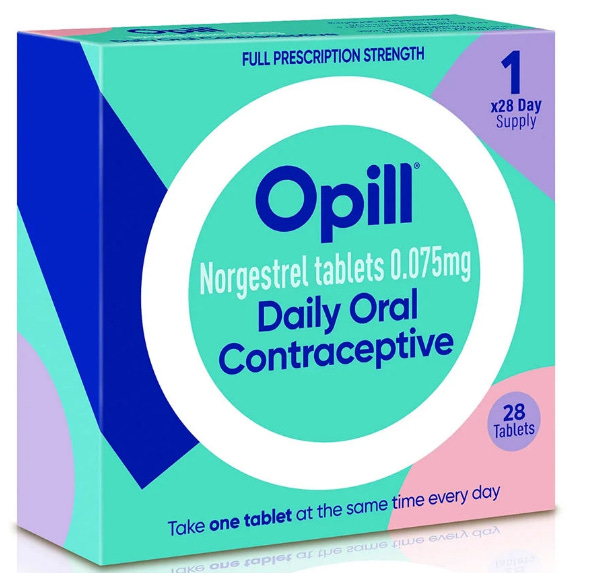Happy Friday!
The Food and Drug Administration (FDA) approved OPill late last week, and the drug is expected to be available without prescription in pharmacies early in 2024. There will be no age limitation. This is a progesterone-only pill, which means it’s slightly less effective than combination estrogen/progesterone pills but does not pose special risks for smokers and is not associated with excess risk of blood clots. OPill is dramatically more effective than condoms, although less effective than long-acting contraception such as intrauterine devices (IUDs).
Birth control pills are available without a prescription in over 100 countries, and physician groups including the American Academy of Family Physicians, the American College of Obstetrics and Gynecology, and the American Academy of Pediatrics have advocated for OTC availability.
The Affordable Care Act (ACA) requires that employer sponsored health plans cover with no cost sharing at least one of each type of prescribed birth control (oral contraceptives, progesterone implants or injections, or IUDs), which has dramatically decreased out of pocket costs for women using birth control. ACA regulations do not currently require employer sponsored plans to cover over the counter oral contraceptives, although it is possible that the Biden Administration will promulgate new regulatory language that would require such coverage.
The manufacturer has not yet released the proposed price for OPill.
Implications for employers:
OTC availability for this contraceptive pill could increase women’s ability to control their fertility and time pregnancies
The pharmacy benefit managers (PBMs) have not yet announced how they will approach the potential for coverage of OPill. PBMs already offer some OTC contraception products at $0 cost share including emergency contraceptives such as Plan B, spermicides, as well as male and female condoms, although they may require physician prescriptions for coverage.
Most OTC medications, even those which previously required prescriptions, are not covered by employer sponsored health insurance. However, most are relatively inexpensive (such as ibuprofen for muscle aches or omeprazole for heartburn).
Adding a prescription requirement for coverage of OTC medications adds administrative complexity and increases medical costs and inconvenience if this leads to extra office visits.
Be on the lookout for information about pricing and potential regulations regarding coverage.
This newsletter started during the pandemic and used to be called COVIDNotes. A bit of an update below:
Brief COVID-19 update
Source: Leonhardt, D NY Times July 17, 2023
The New York Times reported this week that for the first time since winter, 2020, we no longer have “excess deaths” in the US. COVID-19 related hospitalizations continue to decline and are under 2000 nationwide now. Wastewater rates are increasing a bit, though, and high temperatures driving people inside could lead to higher rates of COVID-19 this summer, especially in the South.
Source: Biobot.io July 19, 2023 LINK
We’ll learn about CDC recommendations for a fall booster in the next few weeks, and hopefully many will again be able to get their flu shots and COVID-19 shots at the same time this fall.
Implications for employers:
The risk that COVID-19 poses to employees and businesses is dramatically lower than last summer.
Most employees need not mask indoors, although some might choose to if they or family members are immunocompromised, or they have plans that would be severely disrupted if they got sick.
Improved indoor air quality can lower the risk of transmission of COVID-19, influenza or other respiratory illnesses, and can increase productivity and mental acuity. Employers can show their concern for this by putting carbon dioxide monitors in conference rooms or heavily trafficked areas and increasing levels of air exchange if the CO2 level is high.
Indoor air should generally have CO2 levels that are no more than 700 parts per million (PPM) above that of outdoor air, which is usually under 400 parts per million (ppm).
CO2 above these levels is not toxic on its own but can indicate that the indoor space is not adequately ventilated considering how many people are inside the space.
Employer plans will be responsible for paying for the commercial cost of COVID-19 vaccines this fall.
Coming Monday: Hot and hazy weather poses risks to employees
Have a great weekend!
Jeff





